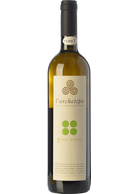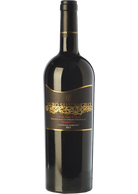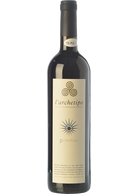Wine from Apulia
The heel of the Italian peninsula has a millenary oenological history. The wines from this region were celebrated by Horace, Pliny, Martial, and then by Frederick II to Sante Lancerio and Andrea Bacci. Then, in 1919, there was phylloxera, from which the region recovered by working, for too many decades, more on quantity than on quality, so much so that in Milan the "trani", from the name of the Apulian coastal city of Trani, once indicated an osteria with basic wines, sent to the North and considered little more than blended products.
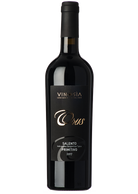
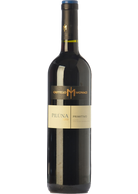
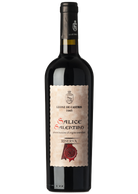
Leone de Castris Salice Salent. 50° Vendemmia 2019

Castello Monaci Salice Salentino Riserva Aiace 2020


San Marzano Primitivo Dolce Naturale 11 Filari 2021
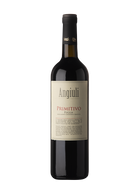
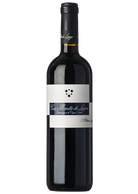
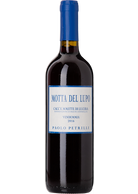
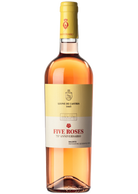
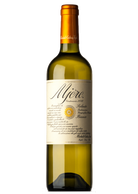
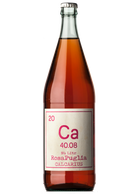
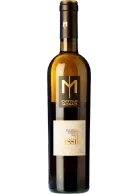


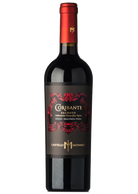

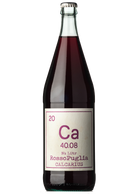

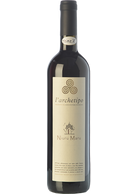
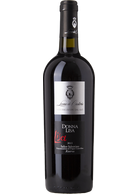
Leone de Castris Salice Salentino Riserva Donna Lisa 2019
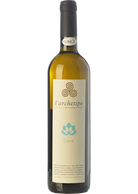

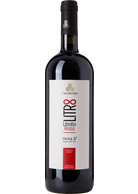

San Marzano Primitivo di Manduria Sessantanni 2018

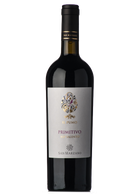

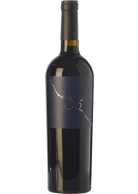
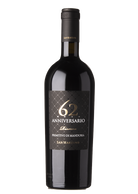
San Marzano Primitivo di Manduria Riserva Anniversario 62 2018
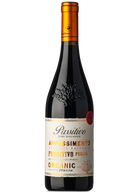
Apulia
The heel of the Italian peninsula has a millenary oenological history. The wines from this region were celebrated by Horace, Pliny, Martial, and then by Frederick II to Sante Lancerio and Andrea Bacci. Then, in 1919, there was phylloxera, from which the region recovered by working, for too many decades, more on quantity than on quality, so much so that in Milan the "trani", from the name of the Apulian coastal city of Trani, once indicated an osteria with basic wines, sent to the North and considered little more than blended products.
Now the situation is quite different. Terroirs, zones and designations have been well identified and aim for excellence. To begin with, it is necessary to point out that Apulia must be clearly distinguished from Salento, a southern area belonging to the same region from an administrative point of view but very different from a cultural, linguistic and enogastronomic point of view.
A region of mainly flat or low hills, Apulia has a climate that is genuinely Mediterranean, saline, arid and warm, with good but often scirocco-like ventilation. The northern part of Apulia, the Gargano, is considered the least suitable, even if lately, on these calcareous soils, some interesting experimentation of natural wines based on typical regional vines is developing. The most important DOC of the area is San Severo, with white wines made from Bombino Bianco grapes – the Apulian Trebbiano, pretty neutral - sometimes also sparkling and red wines from Montepulciano, Sangiovese, Merlot and Nero di Troia. In western Daunia, on the other hand, the Cacc'e mmitte di Lucera DOC stands out, a typical product deriving from the combination of 15-30% white must already fermented and red must in fermentation. From the same grapes of San Severo derives therefore a light red, cerasuolo, with hints of rosé wine: its very name, which can be translated as "remove and put", probably alludes to the short duration of maceration on the skins.
The upper part of the Bari area, coinciding with the hinterland of Trani and Barletta, stands out above all for the wine-growing area of Castel del Monte, a mysterious octagonal structure built by Frederick II of Swabia. An area which has been active since the fourteenth century, situated between the Murge and the Adriatic coast, it enjoys excellent ventilation, pleasant heights and white mineral soils, from which the blocks for the construction of Castel del Monte were extracted. Apart from the white Bombino bianco and some international ones such as Chardonnay and Sauvignon, the area excels for Bombino Nero, a reddish grape exceptional for fruity, full-bodied and mineral rosés for which the Castel del Monte Bombino Nero DOCG is reserved, and for the Nero di Troia. A rather rustic but powerful red, straight, very tannic, perfect for ageing, the Nero di Troia is at its best in the Castel del Monte Rosso Riserva DOCG and Castel del Monte Nero di Troia Riserva.
In the lower part of the Bari area, the Nero di Troia gives way to the Primitivo. Early in ripening, the Primitivo quickly reaches high levels of sugar concentration, and for this reason is considered the most representative of Puglia, a land of opulent, soft and structured reds that "maximize" the contribution of the Mediterranean climate. Present in the whole region, Primitivo is very well expressed especially in Gioia del Colle (in Apulia), where the higher ground and the milder climate limit a little its structure and moderately accentuate its acidity, giving it more subtlety and elegance, and in Manduria (in Salento), where instead close contact with the sea and the more severe climate exalt its roundness and glyceric and pseudo caloric consistency.
Among trulli and farms, surrounded by olive groves as far as the eye can see, Puglia and Salento also share some white grapes such as the Verdeca, fruity and fragrant typical of the Locorotondo DOC, the Fiano Minutolo, pleasantly vegetal and mineral, and the bianco d'Alessano. Between Brindisi and Ostuni, on the outskirts of Salento, there are some outstanding red grapes, such as malvasia nera, with a gentle structure and delicate aroma, and susumaniello, a red to be discovered that enchants for its roundness and pleasantness of drinking at the same time.
Salento, corresponding in large part with the province of Lecce, is the splendid area where the primitivo, although present, yields to the negroamaro. Intense and fruity, with good structure and strong character, negroamaro is the protagonist of the most representative wines of Salento: rosés. Rosés, in general, of structure, character and backbone, fresh and fruity, yes, but above all full-bodied, round, enveloping, sometimes a little less heavy than a red and sometimes aged in wood. Produced mainly with the technique of saignée or tearing, they stand out especially in the hinterland of Gallipoli, towards Alezio DOC. Vinified in red, the negroamaro delights both as a single variety and in blends with other grapes typical of the area, such as malvasia nera or, occasionally, primitivo. Despite a fragmented wine landscape, the Salice Salentino DOC stands out, even if the Brindisi DOC now reaches equal peaks of excellence with interesting reserves of negroamaro in single variety or blended.
Sweet wines? Plenty of them. The most prestigious is the Primitivo di Manduria Dolce Naturale DOCG: this is a primitive which is harvested late (and possibly withered in the sun), literally leaving the grapes to "cook" in the vineyard while they are still tied to the plant. It is the Primitivo to the nth degree: sweet, round, velvety, opulent, with soft tannins. A memorable experience. Among the reds, even the Aleatico Pugliese, is less structured, and the Malvasia nera can be withered. As for whites, the Moscato di Trani DOC, from white muscatel grapes, is fresh and mineral, vegetal and appetizing the wild muscatel, opulent and caramelized fiano passito.


